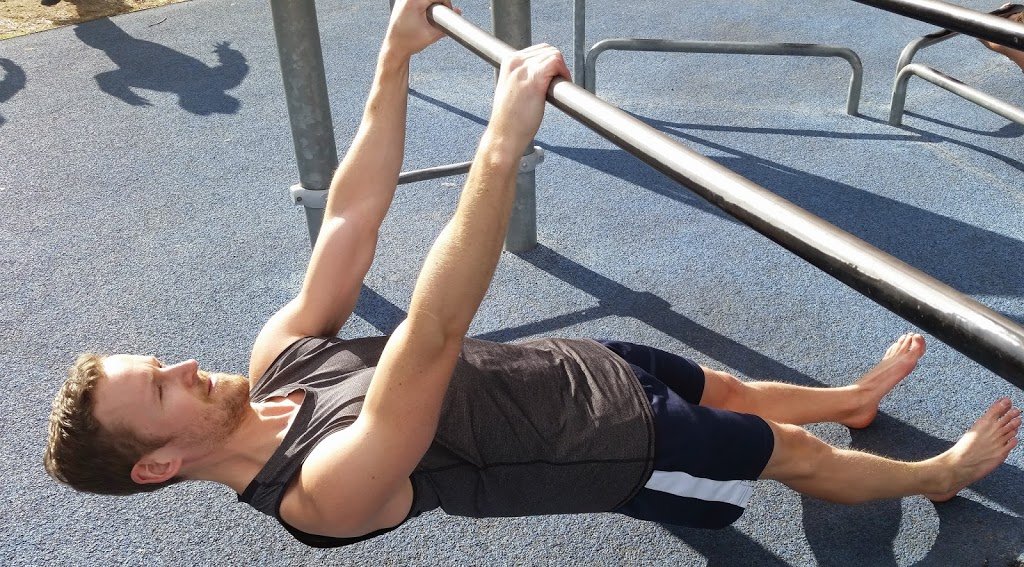Tips for Thriving at Calisthenics as a Beginner
Fitness and exercise are essential variables for health and wellness. For many people, going to the gym is unfeasible, and the equipment cost is high. However, every person has an inbuilt set of equipment for training, that is, their body weight. Calisthenics is a form of exercise that relies solely on bodyweight movements. It has gained immense popularity recently due to its effectiveness, versatility, and accessibility. This article will delve into the essential things to know about calisthenics and provide some additional helpful tips to begin your calisthenics journey.
Important Things to Know About Calisthenics
In addition to strength, calisthenics for beginners is excellent for building stamina and flexibility. It offers a fantastic way for beginners to get started with strength training and improve their overall fitness. Keep reading to get started:
Master the Basics
Calisthenics is built on mastering simple fundamental exercises such as push-ups, pull-ups, squats, lunges, dips, and planks. These movements build strength and lay the foundation for more complex exercises. As with all forms of exercise, from weightlifting to aerobics, form is vital. It is crucial to get the motions right and learn the proper techniques before advancing to more challenging variations.
Progression is Key
As a beginner, you will find specific calisthenics exercises difficult initially. That is entirely normal. Progression is the key to success. Start with more accessible variations and gradually work up to more complex movements as you gain strength and confidence. It is essential to accept that progress might be slow or that others may progress faster than you. But your journey is all that matters.
Consistency Brings Progress
One universal fact about achieving any goal is that consistency is vital. Plan out your dedicated workout sessions each week and commit to them. Consistent training will lead to noticeable improvements in strength, flexibility, and overall performance.
Warm-up and Cool-down
These are steps that beginners in exercise generally skip. However, the importance of warming up and cooling down during exercise cannot be overstated. Before jumping into your calisthenics routine, always warm up your body with dynamic stretches. These movements
loosen your muscles to prevent strains and injuries. Likewise, cool down with static stretches after your workout, which will improve flexibility and are great for muscle recovery.
The Best Calisthenics Exercises for Beginners
With calisthenics, it is possible to train every single major and minor muscle in the body. Here are the exercises to do that:
Push-Ups
The humble push-up builds strength in the chest, shoulders, and triceps. There are more accessible variations, like inclined or knee push-ups, if the standard push-up is too challenging. You can gradually progress to full push-ups and more difficult forms.
Bodyweight Squats
Leg day is never complete without squats. It is important to learn proper squat form because this exercise targets the quads, hamstrings, and glutes. You might think that a pair of dumbbells is necessary, and dumbbell squats are a good exercise. However, you might be surprised by how difficult it is to move your bodyweight repeatedly.
Planks
This is an excellent core exercise that also engages your arms, shoulders, and abdomen. The key to good form when doing planks is to engage your core. Start with short holds of a minute or two and gradually increase the duration as your core strength improves.
Setting Targets and Planning Exercise Regimens
As a general rule, several short-term goals and a few long-term goals give you time and context to measure progress. Your goals have to be specific, such as being able to do a certain number of reps by the end of a set time period. More importantly, plans have to be achievable and adjusted as you progress.
Progressive Overload
This means repeatedly challenging your body by gradually increasing the difficulty of your exercises. For each set, add reps, try more challenging variations, or adjust your training volume to achieve overload. However, this should begin only after you have mastered the basics and gained some experience.
Helpful Tips for Success in Calisthenics
Listen to your body and your muscles when you are doing calisthenics. Pay attention to how you feel and take rest days when needed to allow for recovery. Stay hydrated and eat well. Exercise
is only one part of a health and wellness journey. Healthy food, lots of water, and sleep are essential for optimal performance and recovery.
Calisthenics offers an exciting and effective way for beginners to build strength and improve overall fitness. Results will not come overnight, but with patience and consistent effort, progress will happen. Consider working with a professional calisthenics coach to get personalized guidance and support.



